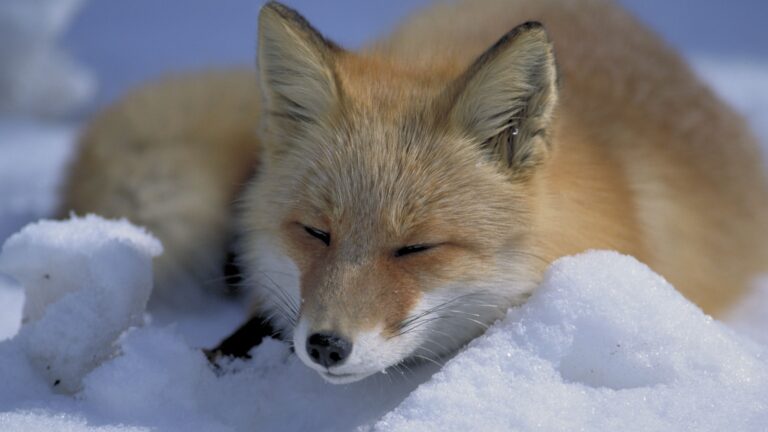Why do we speak to babies and pets in cute, silly voices? Part 2 | New Scientist

Although the cute voices we use when speaking to babies and pets sound similar, they are actually quite different, explain our readers
“Motherese” is the cutesy language we use around preverbal infants. It serves important roles in language development and emotional coregulation. But why do we use it with animals?
Domestication favours juvenile characteristics in animals, a phenomenon called neotenisation. The instinctive and cultural processes that teach us to speak motherese can spill over to these cute animals with their baby-like large eyes and faces. Many pets, such as dogs, are calmed by their owner talking to them, showing that emotional coregulation with motherese may be present for dogs.
But surely they aren’t learning language from this kind of talk? In the past few years, there has been a spate of pets online using augmented and assisted communication devices or talking buttons. Could motherese promote language development in pets too? Check back in a few years!
Although the cute voices people use when speaking to babies and pets sound similar, acoustic analyses show they are quite different. We speak to our pets in a cute voice (“doggerel”) to convey our emotions. We speak to our babies in what is technically known as infant-directed speech (IDS) to teach them language.


































